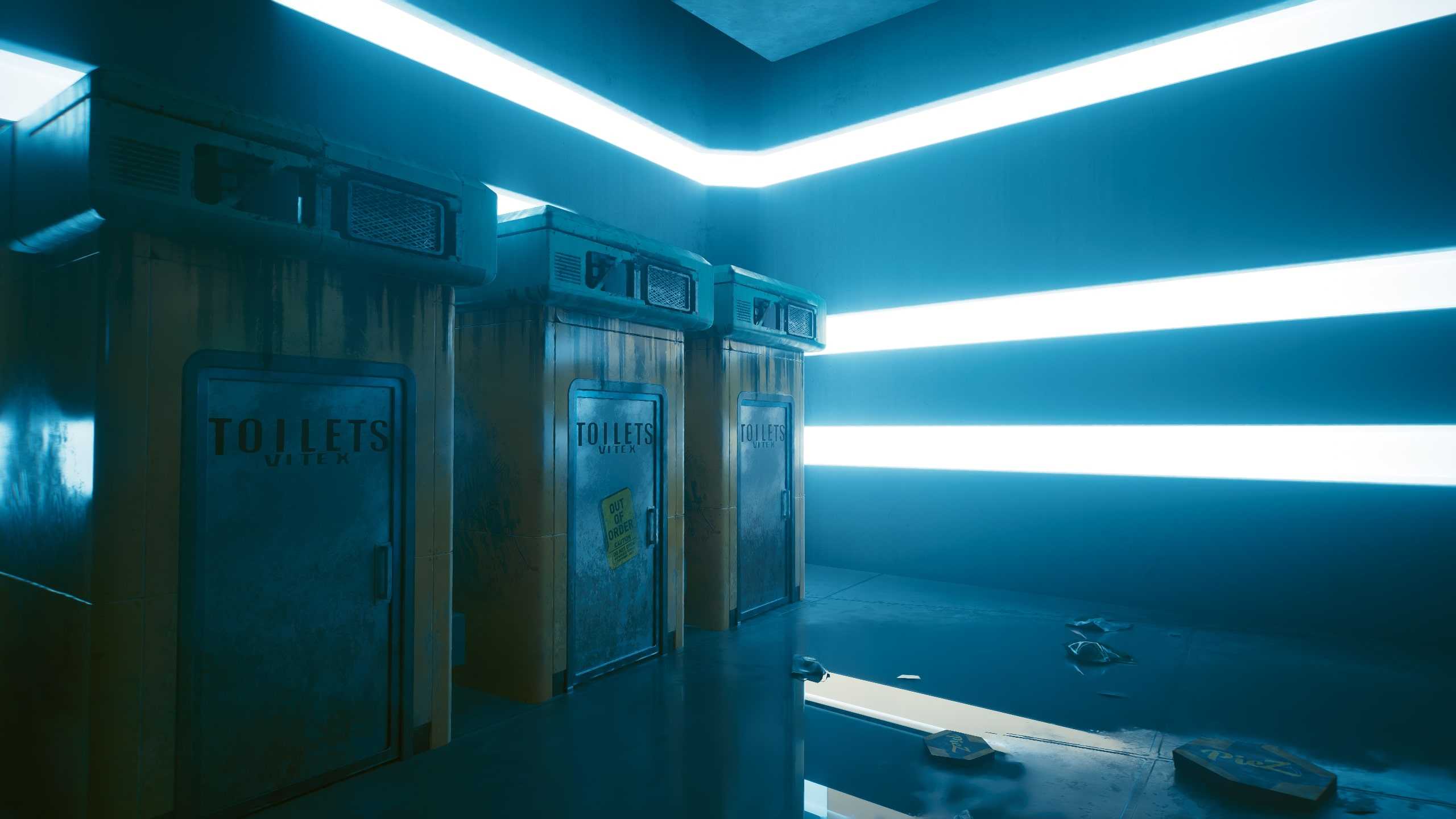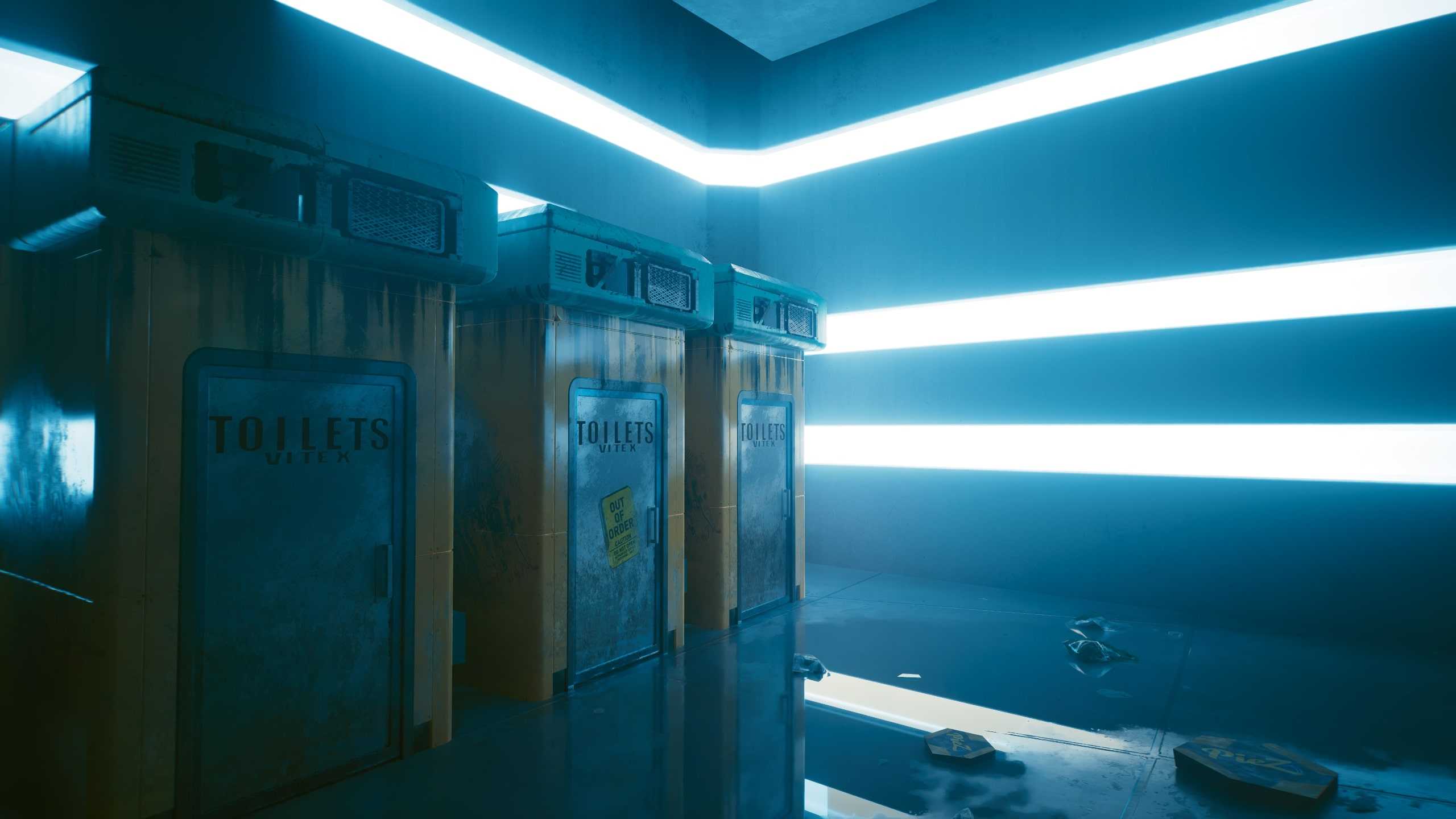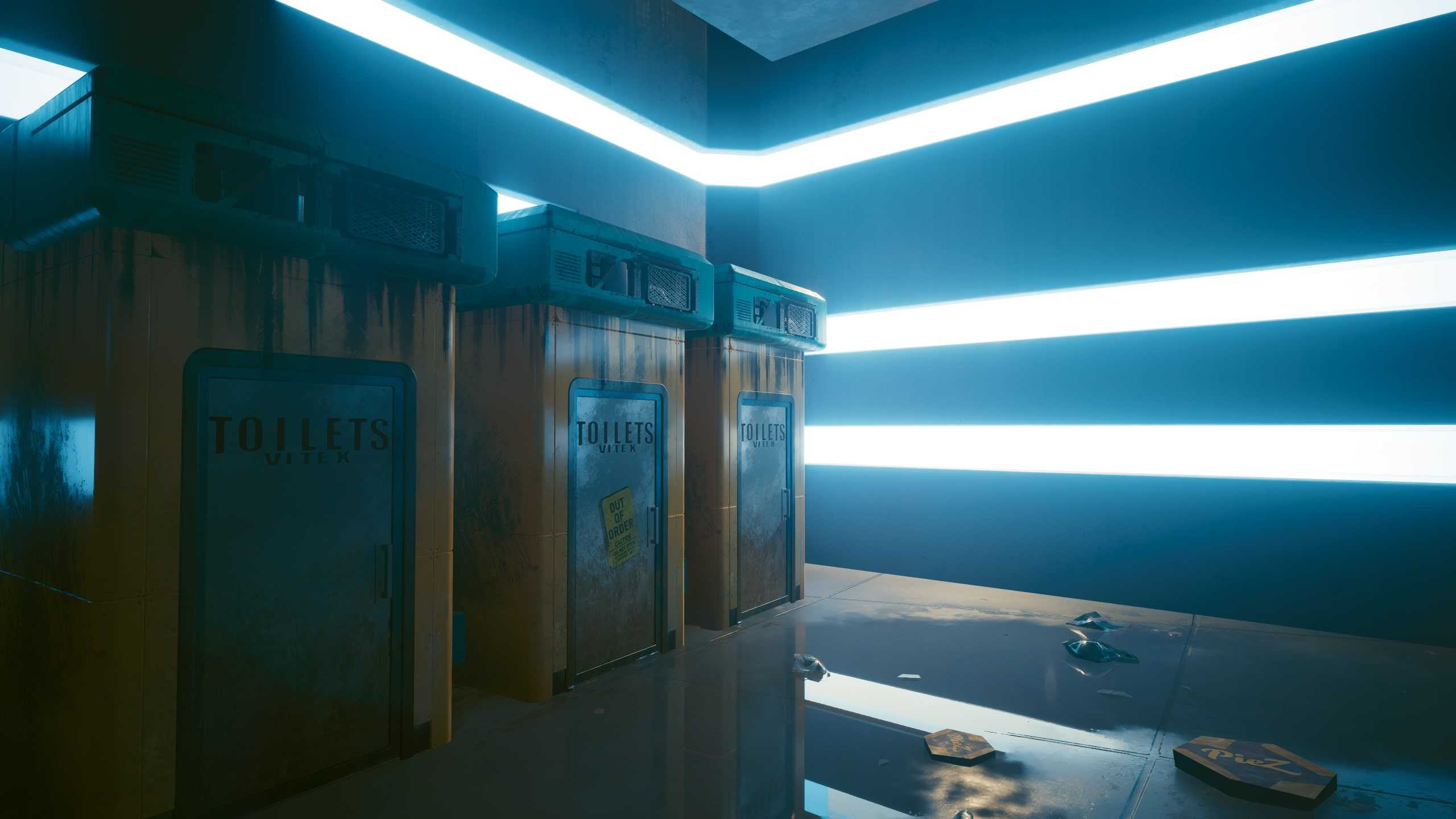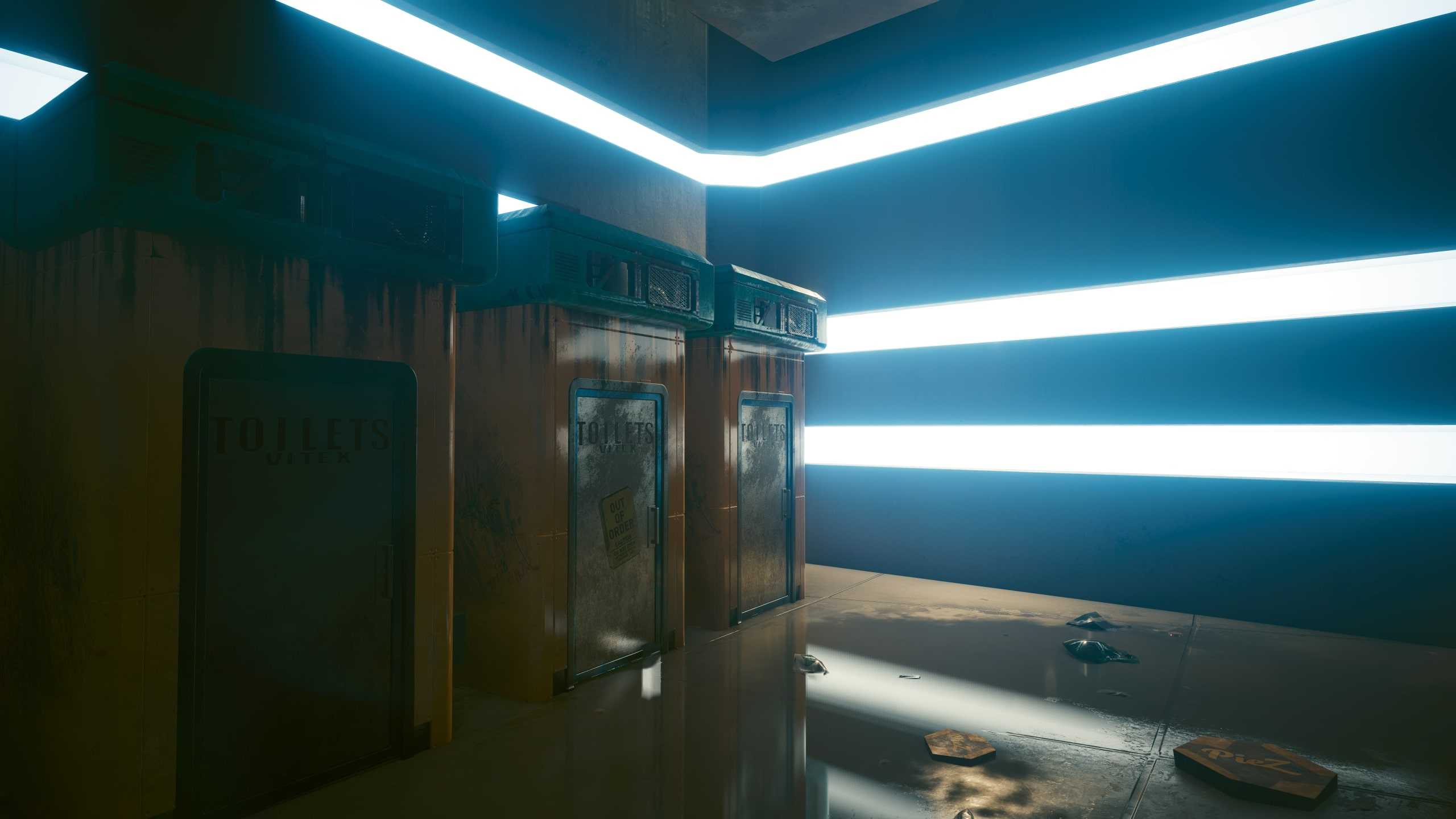I played Cyberpunk 2077 with DLSS 3.5 & it has one big problem no one is talking about
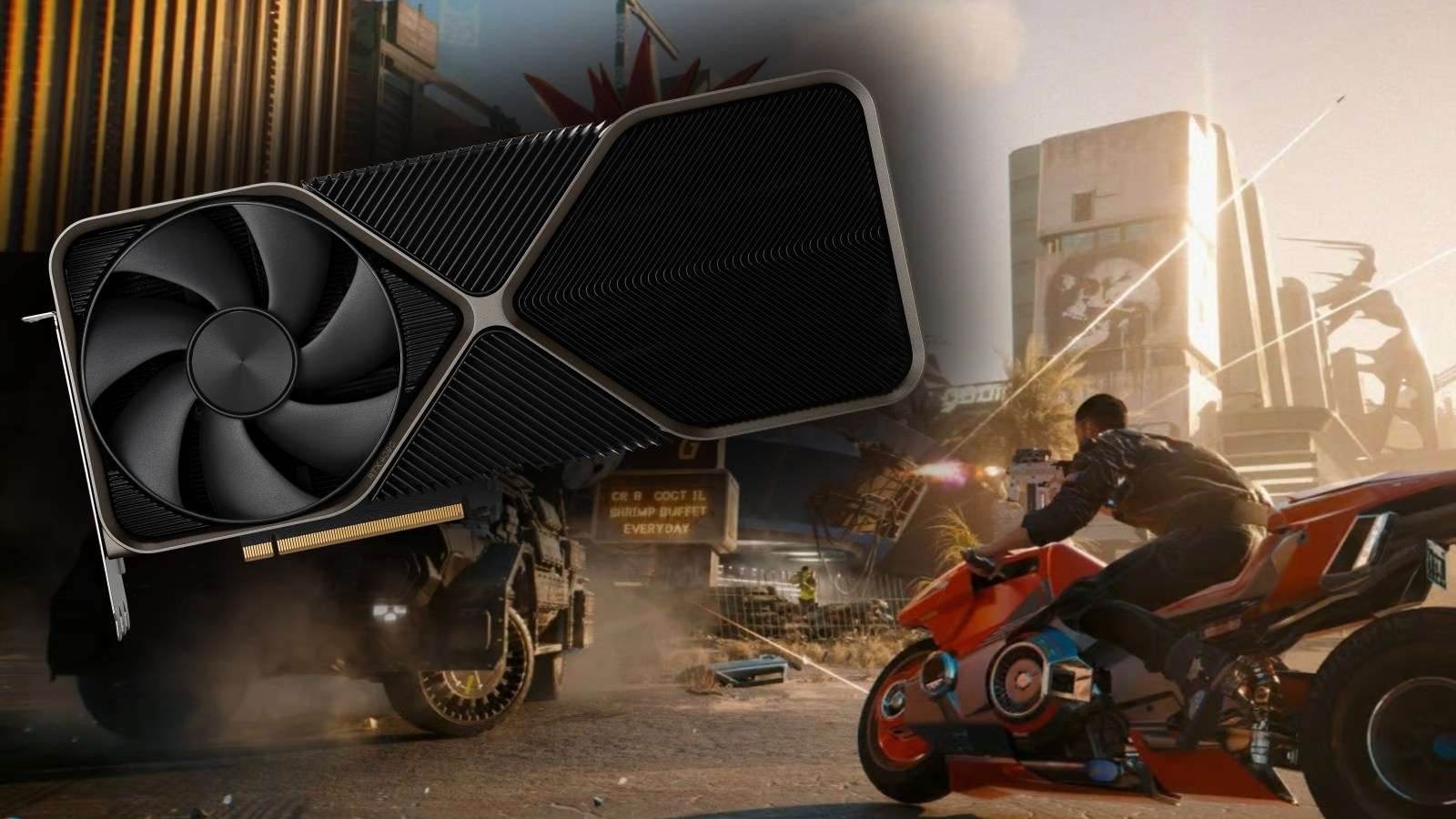 Nvidia / CD Project Red
Nvidia / CD Project RedWandering the streets of Night City has never been easier thanks to Nvidia’s DLSS 3.5 ray reconstruction technology. But, there seems to be one big issue that has meant that using the feature has become very distracting.
Cyberpunk’s 2.0 update is here, and alongside an overhaul with brand-new features, it also introduces DLSS 3.5 ray reconstruction for all RTX-equipped Nvidia graphics cards. Given that I have an RTX 4080 currently installed in my gaming PC, with full access to the excellent Phantom Liberty expansion, I fired up my save file to wander a new area of Cyberpunk’s neon-soaked city.
Firing up the new feature was a cinch, thanks to a new slider, which has been added to the settings menu in the game, we switched ray reconstruction on, alongside frame generation and “quality” supersampling. On my AMD Ryzen 7 5800X3D and RTX 4080, the framerate I managed to achieve was consistently in the 90-100 area, making it more than playable on my 1440p, 144Hz gaming monitor.
Ray reconstruction rejigs the way that light sources from ray tracing are cast onto any given scene, and it looks unbelievable in motion. The difference between it being on and off is subtle, but under the right conditions with path tracing enabled, the result is a much less noisy image, with a much smoother image being produced.
There are some performance benefits to be had with ray reconstruction too. There’s a reduction in VRAM usage with the setting turned on, as the denoisers usually present when using ray tracing are instead replaced with an AI model.
Comparisons look great but the gameplay tells a different story
When looking at images produced by DLSS 3.5, it’s clear that this solution is in fact superior to the images produced by native rendering. Lifting the weight off of your GPU for AI denoising makes for a much more natural lighting effect, especially when looking at how light is being cast in any given scene. It’s stunning tech, especially when being viewed in motion, or when looking for spots to highlight the tech. We’ve posted some comparisons below.
From left to right:
- 1: Path Tracing, Ray Reconstruction
- 2: Path Tracing
- 3: Ray Tracing (Psycho)
- 4: No RT
So, after being satisfied that DLSS 3.5 looked great and worked well, I ventured into Dogtown to experience the game’s Phantom Liberty expansion. Soaking up the sights Night City has to offer has never looked this glorious. With Nvidia’s new tech in tow, which offers a seemingly free upgrade to both visual quality and framerate, it seemed like a perfect home run.
But, things begin to fall apart with the new features in certain spots. We were running DLSS Quality at 1440p, with frame generation, path tracing, and ray reconstruction turned on. Looking at objects in motion, such as hair, ended up having a strange ghosting artifact on some NPCs. Additionally, tail lights on cars also had the same ghosting effects. When racing at high speeds, it can start to make things look a little bit odd. Check out the shimmering of the NPC’s hair, and associated ghosting in the clip below.
In the same clip, the NPC to the right has their hair clipping in and out, as the new tech seemingly does not know what to do here. While the game might run incredibly well, with stunning environments, some elements clearly need some work. We suspect that this might be down to super-resolution and ray reconstruction working at the same time here. A lower internal resolution, with added ray reconstruction, might end up giving users who are playing at below 4K a less-than-optimal experience.
Some users on the /r/Nvidia subreddit have also highlighted issues while using ray reconstruction, with one person stating: ” In some parts, the image looks too smooth, in other parts it’s blobby, in other parts it’s too sharp, in other parts it looks alright.”
The only way is up for Nvidia
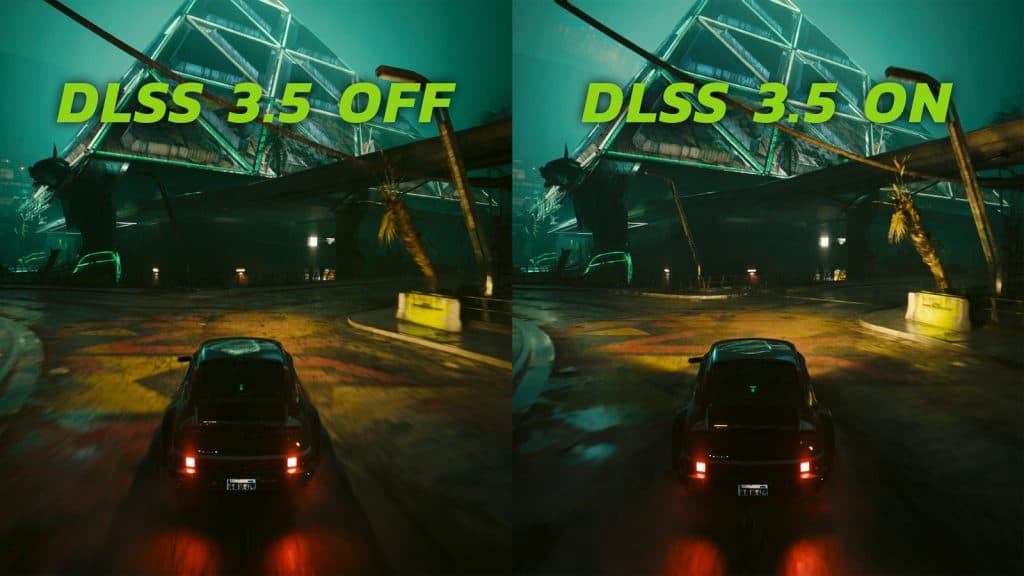 Nvidia
NvidiaIf you cast your mind back to the initial DLSS 1.0 release with the RTX 20-series launch, there were similar complaints of visual quality becoming somewhat compromised, and we’re seeing the same thing happening with DLSS 3.5.
But, since this is an AI-trained, machine learning model, you should expect that the feature will only stand to improve over time. DLSS 3.5 only works in Cyberpunk 2077 when paired with the path tracing technology preview, after all. So, it’s just worth bearing in mind that these are all cutting-edge features and rendering methods. They will only all get better over time.
While ray reconstruction might be a net win for Nvidia, it’s not perfect, but we hope to see further improvements to the tech in the coming months and years.
